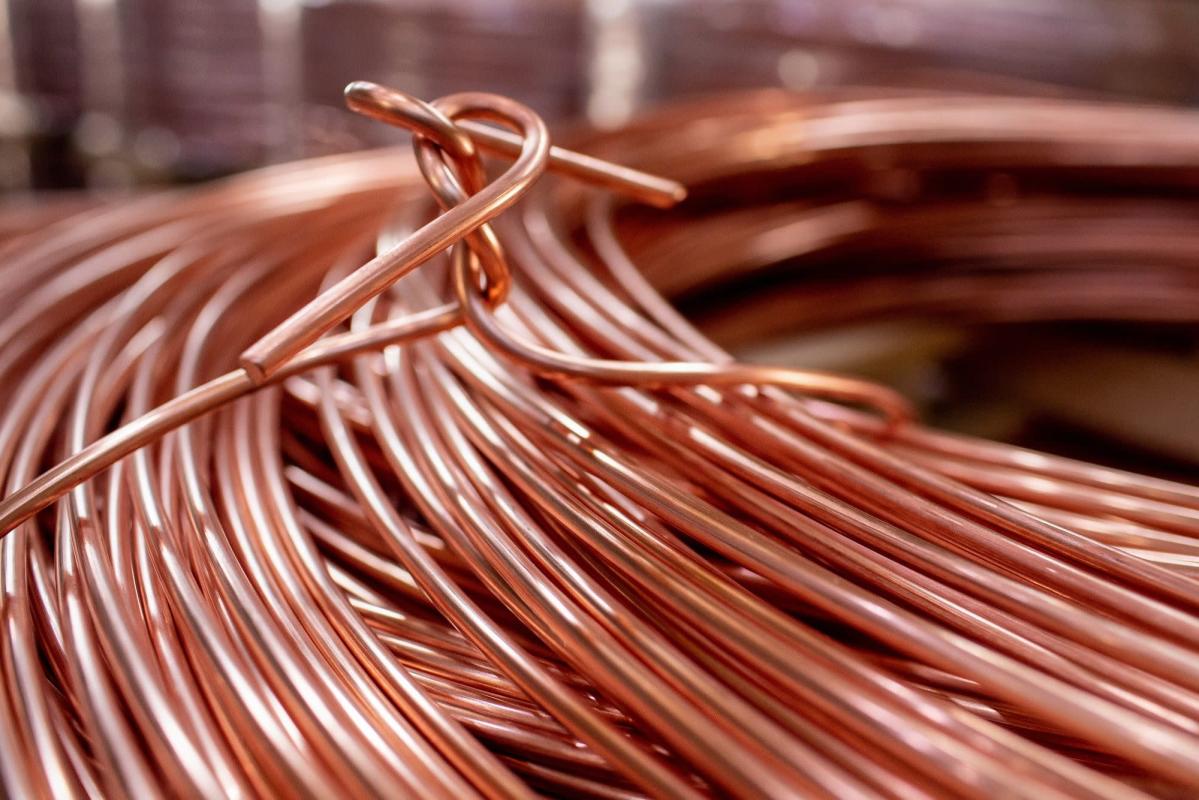Nickel Jumps 62% as Russia Supply Risk Sparks Huge Short Squeeze

(Bloomberg) — Nickel surged as much as 62% in one of the most extreme price moves ever seen on the London Metal Exchange, as fears over Russian supplies leave buyers exposed to a historic squeeze. Other base metals also surged, with copper and aluminum touching record highs before gains ebbed.
Most Read from Bloomberg
Nickel, used in stainless steel and lithium-ion batteries, added more than $17,000 to trade at an almost 15-year high above $40,000 a ton, in the biggest-ever daily dollar gain in the 35-year history of the contract.
The metal’s surge builds on a 19% gain seen last week as banks cut exposure to Russian commodities suppliers and major shippers steered clear of the country’s key ports. Now, as the U.S. weighs a potential ban on Russian oil imports, traders are questioning whether industrial consumers will elect to avoid buying other Russian raw materials, even in the absence of direct prohibitions on purchases.
“Commodity markets are increasingly pricing in a scenario under which a significant portion of Russian supply will be excluded from the market,” Morgan Stanley said in a note. “Prices are likely to remain highly volatile, until the real supply impact becomes clearer and prices can start to settle at a new equilibrium.”
While prices surged, a key one-day nickel spread traded at the biggest discount since 2009 on the London Metal Exchange, while the equivalent spreads for copper and zinc also loosened dramatically. One possibility is that holders of Russian metal stored in LME warehouses have chosen to relinquish their holdings, according to two nickel traders.
Liquidity deteriorated dramatically in the nickel market overnight as sellers rushed to the sidelines, leading to sharp price jumps between trades as short-position holders scrambled to buy back positions. Plus, bullish investors in China are piling into nickel on the Shanghai Futures Exchange, said Wang Yanqing, an analyst with China Futures Co.
“The nickel market is the tightest it has been since the commodity supercycle during the 2000s,” Citigroup Inc. analysts wrote in a note before Monday’s unprecedented spike. Prices are set to boom in the near term, they said.
Nickel’s stunning surge was just one part of a tumultuous start to the week across energy and commodities. Copper and aluminum both rose to all-time highs in Asia and London trading, as soaring oil prices and fears of supply shocks rattled raw-materials markets amid Russia’s invasion of Ukraine. Palladium also spiked sharply higher amid rising risks to shipments from one of the world’s top producers of the metal.
“Already tight markets could see even larger shortages if Russia’s mined commodity exports were to be significantly affected,” Morgan Stanley said. “Against a backdrop of generally low inventories, demand destruction would become necessary under such a scenario.”
READ: Putin’s War Wrecks Supply of Metals Vital to Clean Energy Shift
Copper and aluminum reversed gains in U.S. trading after German Chancellor Olaf Scholz on Monday poured cold water on the idea of cutting off Russian oil and gas in the near term.
The German leader said that supplies from Russia are of “essential importance” to the European economy, and heating, transport and electricity cannot be secured otherwise. Still, the Biden administration could act alone. Scholz’s comments saw U.S. equities futures pare losses while crude oil gave up most of the gains from a stunning rally earlier.
Nickel touched a high of $46,850 a ton on the LME. Copper fell after rising to an all-time high of $10,845 earlier, while aluminum slipped after an increase of 5.8% to a fresh record. Other main LME metals were mixed, with zinc rising and tin falling. Spot palladium rallied as much as 14%.
Nickel’s upward momentum will continue in the coming weeks before demand destruction becomes a risk, Wang said. In China, investors are also monitoring for possible inflows from Russia with some of those cargoes being shunned by European or North American markets.
Most Read from Bloomberg Businessweek
©2022 Bloomberg L.P.



